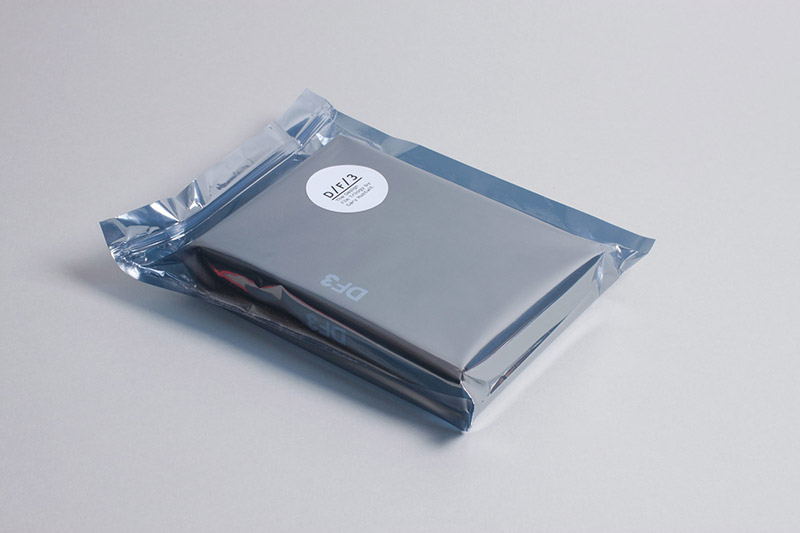A Carriage at The Races, 1870 by Edgar Degas.
Degas undertook racing scenes throughout his career, characteristically manipulating his horses and jockeys from one picture to the next. All the figures here appear in earlier works, and some of the poses have pedigrees even more distinguished than the horses: the prancing mount and rider at the center derive from Benozzo Gozzoli's Journey of the Magi in the Palazzo Medici-Riccardi, Florence.Analysis of Race Horses in Front of the Stands by Degas. Degas' love of horses began in 1860 when staying with his friends the Valpinjons at their chateau of Menil-Hubert in Normandy, near the Du Pin training stables. In this region of horse breeding and race meetings, Degas discovered the horse in action and made countless sketches of horsemen.Degas was a superb draftsman, and particularly masterly in depicting movement, as can be seen in his rendition of dancers and bathing female nudes. In addition to ballet dancers and bathing women, Degas painted race horses and racing jockeys, as well as portraits. His portraits are notable for their psychological complexity and for their.
During a tour of breeding farms with Paul Valpincon and after exposure to horse races, Degas appreciated the movement of the horses and the colors of the jockeys uniforms. He wanted to make his paintings seem spontaneous as if he'd captured a passing moment. Before the Race is one of.Edgar Degas was born in the 1830s, the prime time of excitement for French horse racing and during his youth the carthorse was the essential transport of everyday’s life.5 30 years later, since French horse racing became one of the most fashionable events and attracted large crowds of all classes, he became fascinated with horses and he studied at a famous school and made his early.

Edgar Degas Horses print for sale. Shop for Edgar Degas Horses painting and frame at discount price, ships in 24 hours. Global Gallery 'Horses' by Edgar Degas Framed Graphic Art Horses By Edgar Degas. Truly Art Offers Giclee Unframed Prints on Paper, Canvas Art, and Framed Art in all our Collections.











